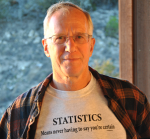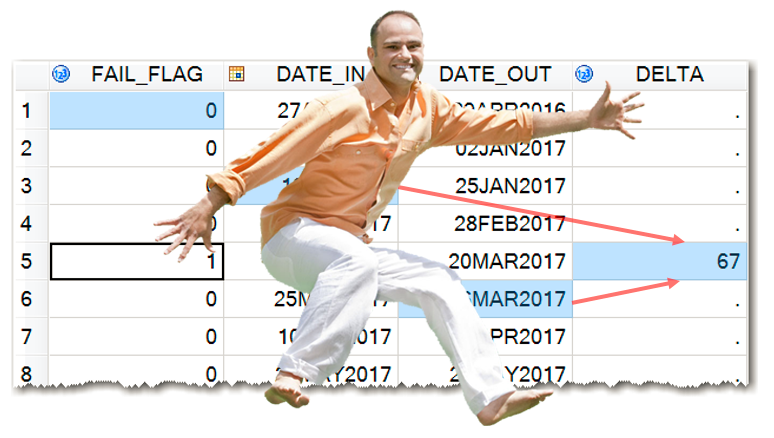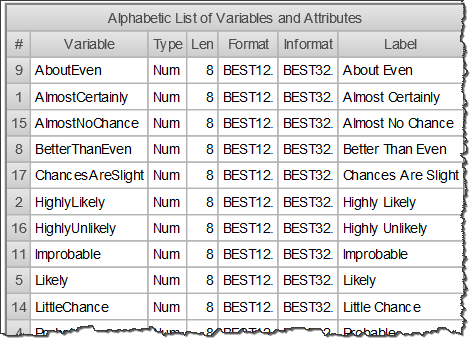
This blog serves two purposes: the main purpose is to show you some useful SAS coding techniques, and the second is to show you an interesting method of creating a Beale cipher. TJ Beale is famous in Virginia for leaving behind three ciphers, supposedly describing the location of hidden gold















